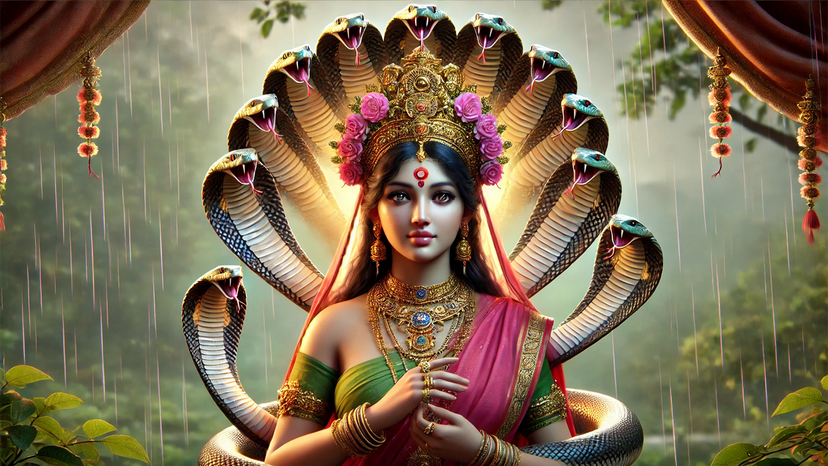
The snake goddess trope has slid through various cultures throughout history, embodying powerful symbols of fertility, protection and transformation. From the ancient temples of Crete to the mythological landscapes of Egypt and India, these deities have played significant roles in religious practices and storytelling.
Despite the differences in their cultural contexts, these snake goddesses share a common thread of reverence for the awe-inspiring and often fearsome qualities of venomous snakes.
Advertisement
In many cultures, the snake goddess is not just a symbol of danger but also renewal, wisdom and the cyclical nature of life. Let’s look at some of the most fascinating snake goddesses worldwide and their roles in their respective societies.